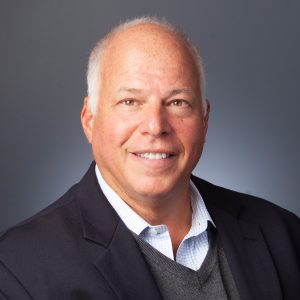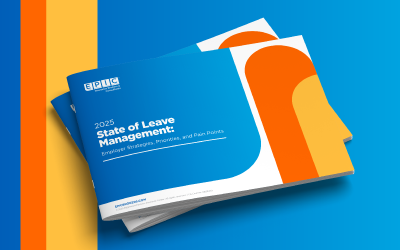The Affordable Care Act (ACA) limited employers’ ability to use Health Reimbursement Arrangements (HRAs) to fund individual premiums, except for Qualified Small Employer HRAs which had limited applicability due to legislative restrictions. Legislators were fearful that employers would use these programs to dump bad risk on the individual marketplace, which under ACA now has a pre-existing condition ban. Makes sense – large claims make up a disproportionate share of an organization’s total claims, and an employer would get a windfall if it could remove those individuals from its plan.
In 2017, the Trump administration directed the U.S. Treasury, the Department of Health and Human Services (HHS) and the Department of Labor (DOL) to write rules allowing large employers to provide tax-free funds to employees to purchase individual coverage. In June 2019, rules were released which established Individual Coverage Health Reimbursement Arrangements (ICHRAs), which can be offered effective 1/1/2020.
The regulations allow an employer to use the ICHRA for all, or a class of, employees; however, an employer cannot offer an ICHRA and traditional health insurance to the same group of employees. Eligible classes include full-time, part-time, salaried, non-salaried, seasonal, temporary, employees in a waiting period, collectively bargained employee groups, geographic rating area of a workplace, and non-resident aliens with no U.S. source income. Classes must consist of at least 10 employees for groups with 100 or fewer employees, 20 for groups with more than 200 employees, and 10% (round down to nearest whole number) of employees for groups between 100 and 200 employees.
Using an ICHRA, employers gain the flexibility to better control costs.
Similar to the 401(k)’s impact on retirement funding, the ICHRA can shift employer cost from defined benefits to defined contributions. To use the ICHRA employees must have individual coverage, which cannot include COBRA, another group plan, TRICARE, short-term medical insurance or healthcare sharing ministry plans. Depending on the way the ICHRA is structured, employees can even defer their wages to pay the balance of premiums for the plan they select, making the entire premium tax-advantaged.
The ICHRA can be structured to meet ACA coverage and affordability guidelines.
In 2020, the individual’s share of the cost of self-only coverage cannot exceed 9.78% of household income. The Internal Revenue Service (IRS) has provided employer location-based safe harbor to make this a bit easier to administer, allowing employers to use their location rather than the employee’s residence address to determine the lowest-cost silver medal plan upon which to base contributions. Also, the Centers for Medicare & Medicaid Services (CMS) has developed a calculator/look-up table to assist employers with this calculation. They can also use current ACA income-tested safe harbors which include the rate of pay, W-2, or federal poverty level.
Viewpoints from Craig Hasday
This vehicle can be interesting for small employers, who might consider using an ICHRA that doesn’t meet affordability guidelines so that the employee can get a tax-free subsidy or get federal premium tax credits, provided they waive ICHRA participation.
Sounds great – except it should be noted that coverage on the individual exchanges is generally more expensive than group insurance, and has limited networks, high deductibles, and restrictive drug formularies.
Employers that are in a fierce battle for qualified employees will be reluctant to dump these employees on the exchanges. And no doubt, selection associated with significant adoption might also increase cost trends for individual coverage. The biggest concern I have is whether future tax writers, with a sweep of the pen, will once again realize that the exposure for adverse risk selection is enormous.
ICHRA participants must be notified 90 days prior to the start of the plan year about these benefits, for which there must be a formal plan document and summary plan description (SPD), so planning has to start soon for calendar year plans.
There will undoubtedly be early adopters, but I suspect most will take a wait-and-see approach.
Related Content
Products
Employee Benefits Consulting
Our dedicated benefits team is focused on delivering better outcomes – to both your benefits program and ...
Products
Compliance
We provide comprehensive consulting services and in-depth education regarding the ever-changing employee ...
Products
Voluntary Benefits
Our Voluntary Benefits Team manages the marketing, enrollment, education and ongoing program administration ...



